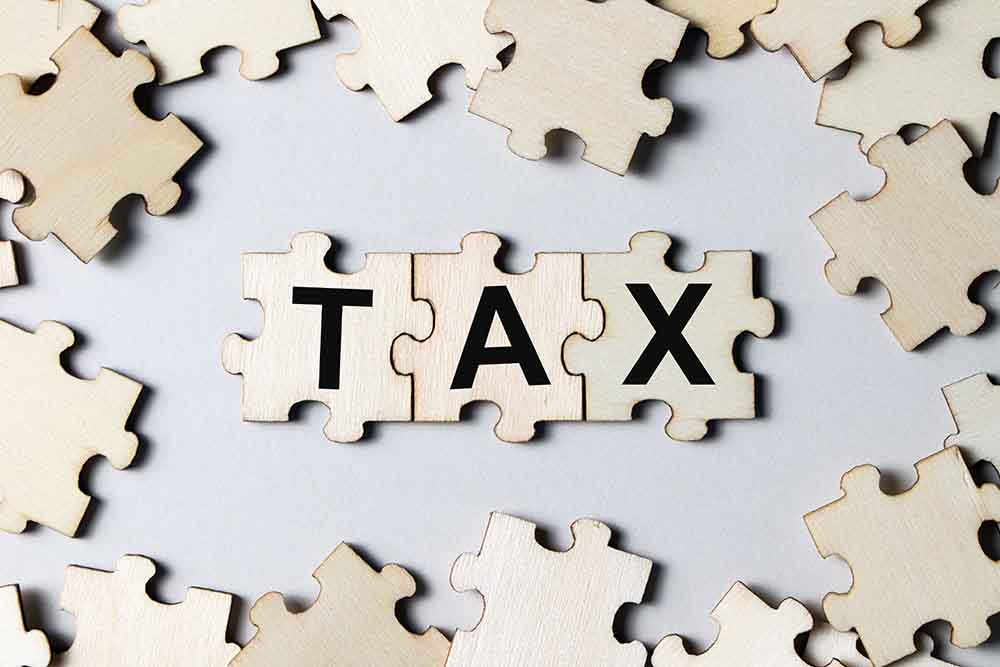Another year older and deeper in debt. You can Google “Canada’s debt clock” for a precise reckoning. Maintained by the Canadian Taxpayers Federation, this clock now ticks off another $1,000 in federal debt every second or, more precisely, $61,454 every minute. The clock hit $550-billion in 2010 and $575-billion in 2011, a one-year increase, in an era of austerity, of $25-billion.
But the federal government reports its debt in a number of ways. The debt clock merely tracks “accumulated deficits,” which excludes other sources of debt. At the end of the fiscal year 2010-2011, for example, the federal government reported its net debt (debt minus assets) at $616.9-billion and its gross debt (debt from all sources) at $920.8-billion.
For our purposes, let’s go with net debt. By this conservative measure, Canada’s public debt – provinces and territories included – reached a milestone in the past fiscal year. With $616.9-billion in federal debt and $434.9-billion in provincial debt, Canada has broken the trillion-dollar barrier with a combined federal-provincial debt of $1.05-trillion.
This isn’t one of Canada’s greatest achievements. In abstract terms, a trillion-dollar debt takes us close to 100 per cent of GDP, putting Canada’s debt right up there, in relative terms, with Greece, Ireland, Spain and Portugal – and, for that matter, with the United States. In absolute terms, a trillion-dollar debt puts every man, woman and child in the country $33,333 in hock without counting credit cards, car payments and mortgages.
In a hypothetical family of four, this debt must be carried by two hypothetical people: mom and dad. Together, they must make the interest payments on $133,333 worth of public debt. With an interest rate of, say, 5 per cent, this means $6,666 a year in public-debt interest payments.
Many Canadians think their country is in good fiscal shape these days because Liberal and Conservative governments, in succession, reduced federal government debt between 1993 (Jean Chrétien and Paul Martin) and 2007 (Stephen Harper and Jim Flaherty). And they are, in part, right. But most of the provinces kept spending. Between 1993 and 2007, the years of Canada’s famous fiscal restraint, federal governments paid down $100-billion in debt; in these same years, provincial governments racked up $140-billion in debt. Canada’s celebrated era of restraint thus ended with the country $40-billion further in debt than when it began.
The provinces and the territories came close to doubling their debt (as a percentage of their respective GDPs) in the generation between 1986 and 2011 – from 15 per cent to 27 per cent. New Brunswick alone (with 750,000 people) holds an oppressive debt of $10-billion, a burden equal to $13,333 per capita. On this basis, a mom and dad in New Brunswick carries a federal debt of $133,333 and a provincial debt of $53,332, for a total public debt of $186,665. Their interest charges approach $10,000 a year.
Ontario is the country’s most indebted province. The Ontario Financing Authority, the agency that borrows the money, puts the province’s 2010-2011 debt at $214-billion and its 2011-2012 debt at $238-billion. Ontario’s debt equalled 15 per cent of its GDP in 1990, 36 per cent in fiscal 2011 – and will rise to 40 per cent by 2014. Thus Moody’s warning the other day that the province is one budget away from a downgrade in its credit rating.
There’s substantial financial risk in managing $238-billion in debt – including the imminent risk of higher interest costs. The Ontario Financing Authority monitors this risk on a daily basis. The agency’s portfolio of derivatives – financial insurance policies – exceeds $200-billion in coverage ($121-billion in interest-rate swaps, $68-billion in cross-currency swaps, $10-billion in forward foreign-exchange contracts, and $1-billion in swaptions, which are options that grant a right to buy more protection still).
Many Canadians appear to regard a dollar’s worth of provincial debt as less important than a dollar’s worth of federal debt. This is a dangerous thing. Canada needs – urgently – a simple mechanism to track, and to report, “all debt, all the time” – as talk radio does, with stock prices, temperatures and traffic.


